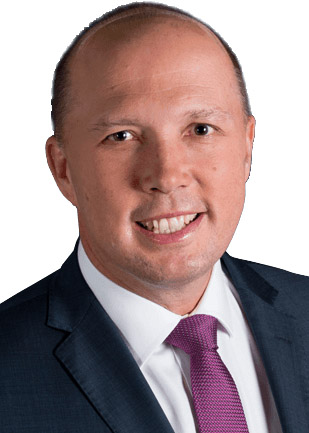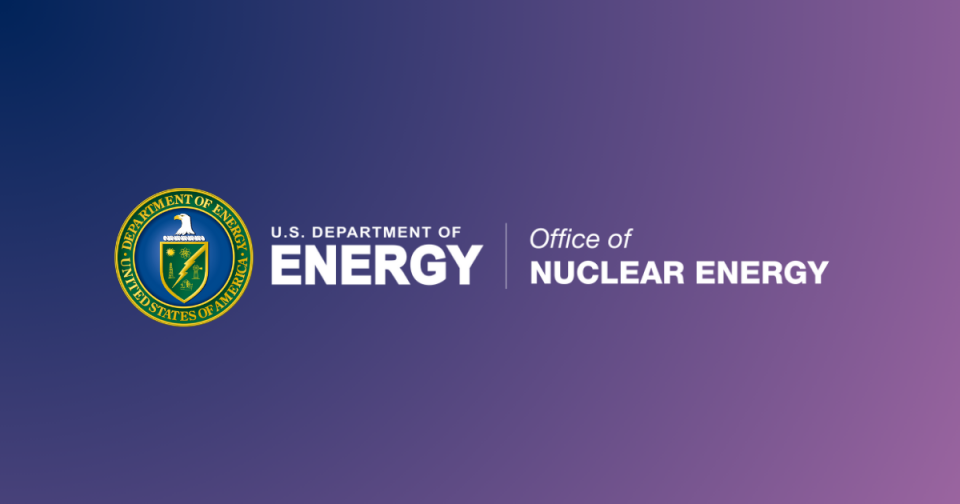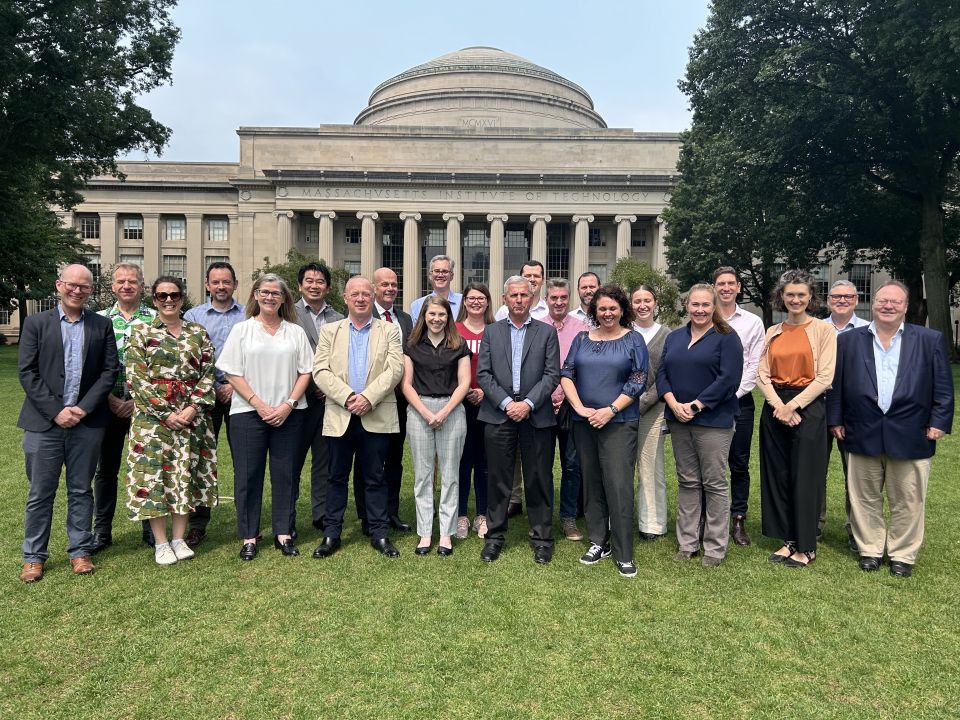Doubts from chief engineer: Hugh Durrant-Whyte, chief scientist and engineer for the state government of New South Wales, characterized Dutton’s announcement as unrealistic, reiterating a point he previously made that “many decades” would be required for Australia to develop the expertise and regulations needed to operate a nuclear power plant and fuel supply chain and to handle waste management. “It would be expensive, and likely more expensive than anything else you could possibly think of,” he said.
According to Durrant-Whyte, the mid-2040s would be a more realistic date than the mid-2030s for getting a nuclear reactor operating, because Australia “would need people who were trained [on] how to measure radioactivity, how to measure containment vessel strengths, how to [manage] everything we do.” Building such a trained and talented industrial workforce of tens of thousands of people would take a long time, he noted.
He also opined that SMRs, despite their promise as a fast-to-build and relatively inexpensive energy solution, are unlikely to become a commercially viable option anytime soon. He added that the small reactors that are to be used on the planned nuclear submarines of Australia’s AUKUS program would lead to few transferrable skills for civilian commercial reactors. “My suspicion is we will buy the reactors in a piece of submarine and assemble that piece into submarines here,” Durrant-Whyte said. “But even then, let’s be clear, we’re not going to be doing that until the mid-2040s.”
Questions from activist: Additional doubts about Dutton’s proposal came from political activist Simon Holmes à Court, director of the Superpower Institute, which promotes renewable energy resources. Holmes à Court wrote an op-ed for the Guardian in which he said, “As an energy nerd, there’s a lot I like about nuclear technology, and my long-held interest has led me to visit reactors in three countries. Last year I took a nuclear course at MIT and met nuclear developers, potential customers, innovators and investors . . . . I strongly believe nuclear power is an important technology—but it has to make sense where it’s used, and that requires close questioning.”
Holmes à Court raised several questions in his piece. He asked how Australia’s ban on commercial nuclear power would be lifted, considering that current government officials “have expressed their clear opposition” to nuclear energy. He asked where the seven proposed reactors would be located, considering that the owners of the locations suggested by Dutton’s coalition already have other plans for the sites.
Holmes à Court noted that the planned nuclear reactors would generate insufficient power to meet Australia’s electricity needs, considering that the coalition “wants to see renewable energy development slowed to a crawl.” He also observed that natural gas—which is favored by the coalition, along with nuclear—is “the most expensive form of bulk energy supply in the electricity market.”
Dutton defends nuclear: Dutton expected the criticism when he announced his plan to bring nuclear to Australia, proclaiming, “I’m very happy for the election to be a referendum on energy, on nuclear, on power prices, on lights going out, on who has a sustainable pathway for our country going forward.”
Emphasizing his support for nuclear energy as well as natural gas and renewables, he said, “I want to make sure that the Australian public understands today that we have a vision for our country to deliver cleaner electricity, cheaper electricity, and consistent electricity.”







